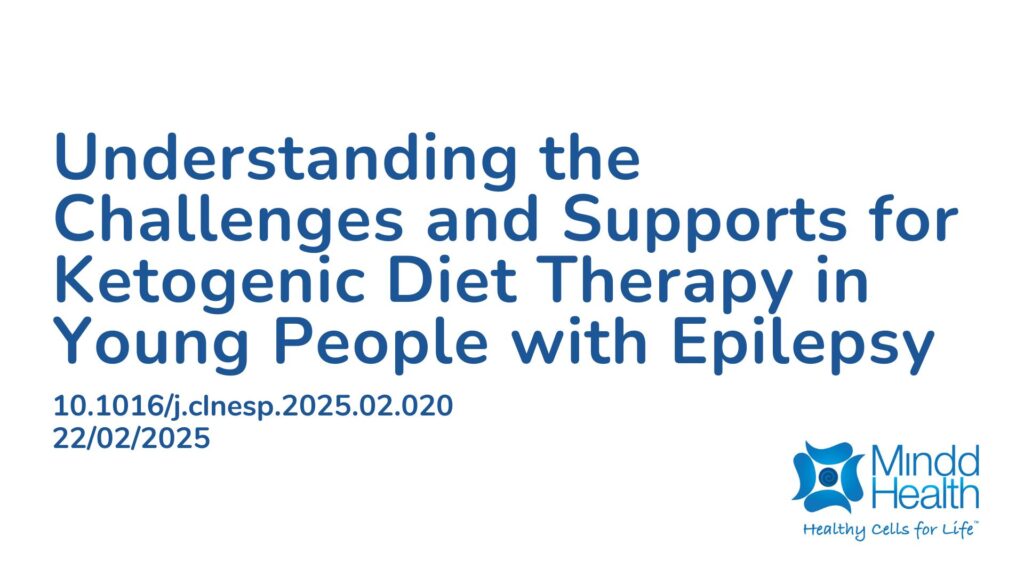Summary:
Epilepsy affects over 23 million children and young people worldwide, with approximately 30% continuing to experience seizures despite trying at least two anti-seizure medications. Seizures, medication side effects, and associated psychiatric conditions significantly reduce quality of life and impose financial and emotional burdens on families. Evidence shows that children on ketogenic dietary therapy (KDT) are likely to experience a 50% reduction in seizures or achieve seizure freedom compared to usual care. However, in practice, many eligible children do not start KDT, and up to a quarter discontinue before three months. This scoping review examined barriers and facilitators for children and young people with epilepsy and their families in starting or maintaining KDT. Sixty studies were included, with barriers and facilitators mapped to the stages of the patient journey: pre-diet, initiation, and maintenance. In the pre-diet and initiation phases, 15 barriers and 9 facilitators were identified, while 19 barriers and 14 facilitators were reported for diet maintenance. Key barriers included difficulty understanding and managing the diet, limited access to resources, social challenges, and reduced motivation over time. Facilitators included clear guidance and education, access to supportive resources, social and family support, and ongoing encouragement and feedback. These findings indicate that challenges and supports for KDT adherence are multifaceted, extending beyond the individual to include family, social, and systemic factors. Identifying these barriers and facilitators can inform strategies and interventions to improve support and enhance the likelihood of successful implementation and long-term adherence to KDT.
Abstract:
Background: Ketogenic diet therapy (KDT) is a group of high-fat, low-carbohydrate, moderate protein diets that are an effective treatment option for children and young people with drug-resistant epilepsy. However, 45 % of patients referred to start KDT, who are medically eligible to do so, do not start diet. A further 25 % discontinue KDT before 3 months. Aim: To explore barriers and facilitators for children and young people with epilepsy to start or continue on KDT, and their families. Based on the Participants, Concept and Context (PCC) framework, this review included children and young people with drug-resistant epilepsy (P) referred for KDT (C) or their families, who had expressed their views regarding barriers or facilitators for starting or continuing on dietary treatment (C). Methods: This scoping review followed JBI methodology. Identified barriers/facilitators were matched to relevant sections of the ‘Capability, Opportunity, Motivation – Behaviour’ (COM-B) model and organised according to the phases of the patient journey: pre-diet, diet initiation and maintenance. Results: 60 studies were included. 15 barriers and 9 facilitators were identified for the pre-diet and initiation stages; 19 barriers and 14 facilitators were identified for staying on KDT once the diet had been fully established. Conclusions: Barriers and facilitators for children and young people who are considering starting KDT, or who are currently following KDT, and their families, are multifactorial and extend beyond the level of the individual. Our findings will help identify areas to prioritise for interventions to support patients and their families.
Article Publication Date: 22/02/2025
DOI: 10.1016/j.clnesp.2025.02.020



